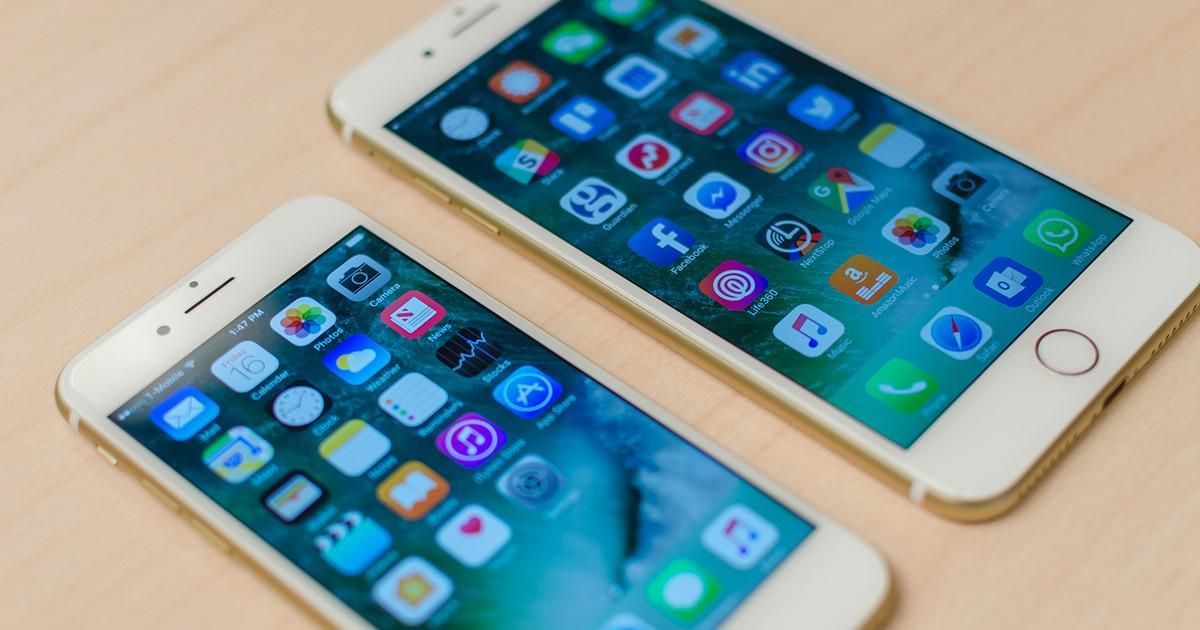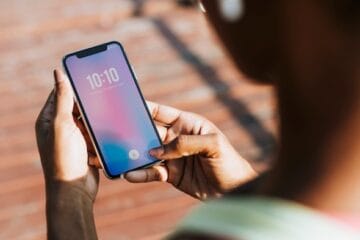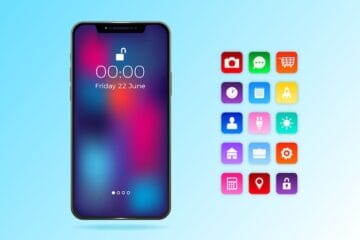![Image result for HOW TO FACTORY RESET AN IPHONE (EVERY GENERATION)]](https://s.yimg.com/uu/api/res/1.2/8ash1tPIry1lYy.L8qffFQ--/aD02MzA7dz0xMjAwO3NtPTE7YXBwaWQ9eXRhY2h5b24-/https://s1.yimg.com/uu/api/res/1.2/f2FMzLKF9n8pODlZwKR29A--/dz0xMjAwO2g9NjMwO3RhZz1vcmlnaW5hbDthcHBpZD15bmV3cw--/http://streambe.zenfs.com/streambe/streambe_1445ab70-88cb-3be6-a78b-b1c980046ee0--1296299685.jpeg) This article was updated on May 22 by Carlos Vega to include menu changes in iOS 10.3 and later.
This article was updated on May 22 by Carlos Vega to include menu changes in iOS 10.3 and later.
A clean slate can work wonders in life, especially when it comes to the numerous gadgets and gizmos we use on a daily basis, like the iPhone. Although performing a factory reset of your smartphone may not sound ideal — it essentially wipes your device of any and all personal settings and data you’ve acquired through the years — it’s occasionally necessary when troubleshooting your device for software errors.
Although it may seem a daunting process, restoring any iPhone to its original factory settings, whether it’s an iPhone 7 Plus or an iPhone 5S, is a simple a process that requires a little more than your phone and five minutes of your time. Once completed, you’ll quickly notice that all of your phone’s data and content — songs, videos, contacts, photos, calendar info, etc.– have automatically been deleted, thus safeguarding your personal information and preventing it from falling into the wrong hands should you sell your device.
Scroll down for our quick guide on how to factory reset an iPhone, so you can ditch the data before passing on your device. The exact process for doing so may vary slightly depending on which version of iOS your iPhone is running, but it’s essentially the same regardless if you’re performing a factory reset using iTunes or your untethered phone. Furthermore, feel free to follow the same directions when performing a factory reset on any of your iOS devices.
Contents
How to factory reset an iPhone using iCloud

Whether you have an iPhone 7 or 7 Plus, an iPhone SE, an iPhone 6 or 6 Plus, or an older model, like the iPhone 4, 4S, 5, or 5S, the easiest way to factory reset your iPhone is to use iCloud.
Step 1: Prepare your iPhone for restoration
If you have iOS 10.3 or later, go into your iPhone Settings menu — Settings > [Your Name] > iCloud, or go to Settings > iCloud for an older version of iOS — and turn on the items you’d like to back up. We recommend you choose to back up almost everything, but especially your Photos, Mail, Contacts, and Notes. Once you have chosen what you would like to back up (and keep in mind that anything you do not back up will be lost forever once you perform the reset), scroll down until you find the Backup button with the green icon. Click it and turn on iCloud Backup with the toggle switch. Then, if you’re connected to Wi-Fi, you will be able to Back up now. Keep in mind that it will take a few minutes.
For more detailed instructions, check out our guide on how to use iCloud to back up your iPhone.
Alternatively, you can also still rely on a PC a little bit. Connect your iPhone to your computer via USB and click the gray Back Up Now button when viewing the Summary tab for your given device in iTunes.
Step 2: Access the Reset menu
Tap the main Settings icon when viewing the home screen, select General from the resulting menu, and tap the Reset button at the bottom of the resulting page.

Step 3: Reset your iPhone
Tap the blue Erase All Content and Settings option near the top, followed by the red Erase iPhone option in the resulting pop-up window to confirm your decision.

Step 4: Restore your iPhone
Once the reset process is complete — a process that may take up to several minutes — check to ensure your phone has been restored to its original factory settings. If done correctly, you’ll once again be presented with the iOS Setup Assistant upon startup, from which you can then restore your phone from a backup or continue the process as if you were setting it up anew.

You’ll have to log in and set up your iPhone from scratch once it has been factory reset. The prompts will ask you whether you want to restore from your iCloud account, set up a completely fresh phone without any of your previous settings, or use iTunes and a PC to put your old content onto the phone again.
If you’re interested in what all the iPhone Reset options mean, then skip to the last page of this article. If you want to perform a factory reset using iTunes, read on.
HOW TO FACTORY RESET AN IPHONE USING ITUNES (THE OLD WAY)

Performing a factory reset on an iPhone — whether it’s a 4S or an iPhone 7 — is easier when you use iCloud and reset directly from the device, but you can still use Apple’s aging iTunes with a PC. This is useful if you have traditionally used this method and are a longtime iPhone owner.
Step 1: Prepare your iPhone for restoration
First, launch iTunes as you would normally. Then, click the iTunes menu located on the left side of the main toolbar, select Check for Updates from the resulting drop-down menu, and ensure you have the latest version of iTunes. If not, download and install the latest version. Afterward, connect your iPhone to your computer via USB and click the gray Back Up Now button when viewing the Summary tab for your given device. Alternatively, follow our guide on how to use iCloud to back up the device to Apple’s remote servers. Although backing up your device is not necessary, doing so will store your photos, apps, contacts, settings, and other data so you can automatically restore other iOS devices from the backup down the line.

If you’re using an iPhone 4S or a newer device, you might also want to disable Find My iPhone. To do so, tap the main Settings icon when viewing the home screen, select iCloud, and tap Find My iPhone. Then, toggle the slider at the top to disable the feature if you haven’t done so already.
Step 2: Restore your iPhone
Once the backup is complete, click the gray Restore iPhone button when viewing the Summary tab for your given device. Click the Restore button in the resulting pop-up window to confirm your decision, and if prompted, click Agree to accept the software license agreement and begin downloading the necessary iOS software file before restoring.

Step 3: Ensure the phone was restored
Once the restoration process is complete — a process that may take up to several minutes — check to ensure your phone has been restored to its original factory settings. If done correctly, you’ll once again be presented with the iOS Setup Assistant upon startup, from which you can then restore your phone from a backup or continue the process as if you were setting it up anew. It’s like it just came off the assembly line in China all over again.

[“Source-ndtv”]




